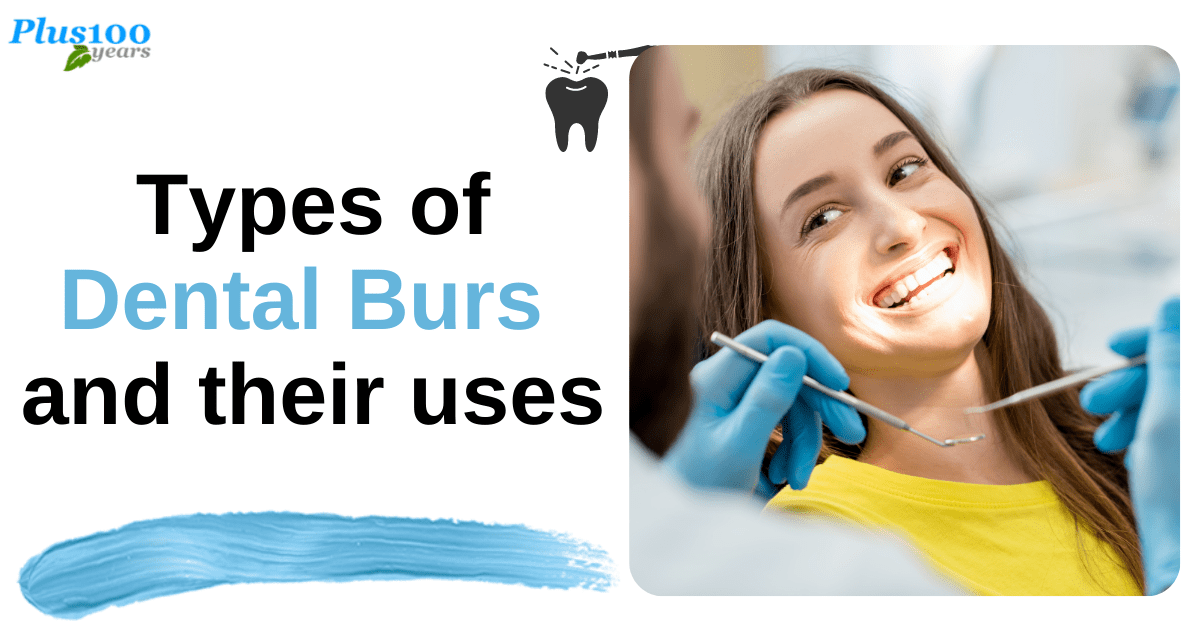
Dental burs are used to cut hard tissues such as bone or tooth and have revolutionized the practice of dentistry.
Did You Know
Stainless steel, diamond grit or particles, and tungsten carbide are used for dental burs. The dental bur was invented over 300 years ago and is still extensively used today.
Many types of dental burs and their uses are mentioned here and all these burs are available in a variety of forms and sizes such as operative carbides burs, steel bur, or diamond bur and they can revolve at speeds of up to 500,000 revolutions per minute (rpm).
They can be fully tungsten carbide or composed of steel and then coated with a strong covering, such as tungsten carbide.
Burs come in a variety of shapes and sizes to suit a variety of applications, and cutting and drilling capabilities.
Types of dental burs and their uses
Below we have mentioned five distinct types of dental operative burs and provided information to help you select the best one for your dental or orthodontic clinic.
1. Diamond burs
These burs are commonly used to cut through zirconia or grind porcelain because diamond is one of the toughest known materials.
Diamond burs come in a wide range of forms and grits, from ultra-fine to extremely coarse.
When it comes to removing porcelain restorative material, diamond burs are extremely effective.
Because they were created to decrease tooth structure, they're employed for crown and veneer operations. They're high-quality and precise, allowing for a quick and smooth cut.
"When to use: For cutting and polishing porcelain."
2. Carbide Burs
Tungsten carbide is used to make these burs. It has three times the tensile strength of steel.
It can hold its sharpness for a long time because it is composed of such a sturdy material, making it an outstanding cutting tool.
Carbide burs, like diamond burs, exist in a range of forms. They are excellent cutting devices with minimal debris buildup due to the incisions made in the bur's head.
When it comes to removing metal-based restorations, as well as trimming and polishing macro-filled and hybrid composites, carbide burs are easier to deal with.
"When to use: These are used to reshape bones and prepare teeth for dental fillings before other treatments. They're also useful for removing existing fillings."
3. Steel Burs
Steel burs are a low-cost way to prepare cavities and remove dentine. These burs are softer, more flexible, and more resistant to chipping and breaking than carbide burs, but their flexibility causes them to blunt more quickly.
"When to use: Steel burs are used to prepare cavities and remove dentine."
4. Ceramic burs
They are used to modify acrylic parts used in dental procedures. They do not heat up like other dental burs since they do not conduct heat.
It's also a great way to make adjustments to thermoplastics. There is a low risk of burns while using ceramic burs.
"When to use: These are used in dental procedures to modify acrylic pieces."
Wrapping up!
The best way to determine which dental burs are ideal for your clinic is to try them out and check how they perform.
You should also consider the type of activity you will perform using dental bur.

Add new comment